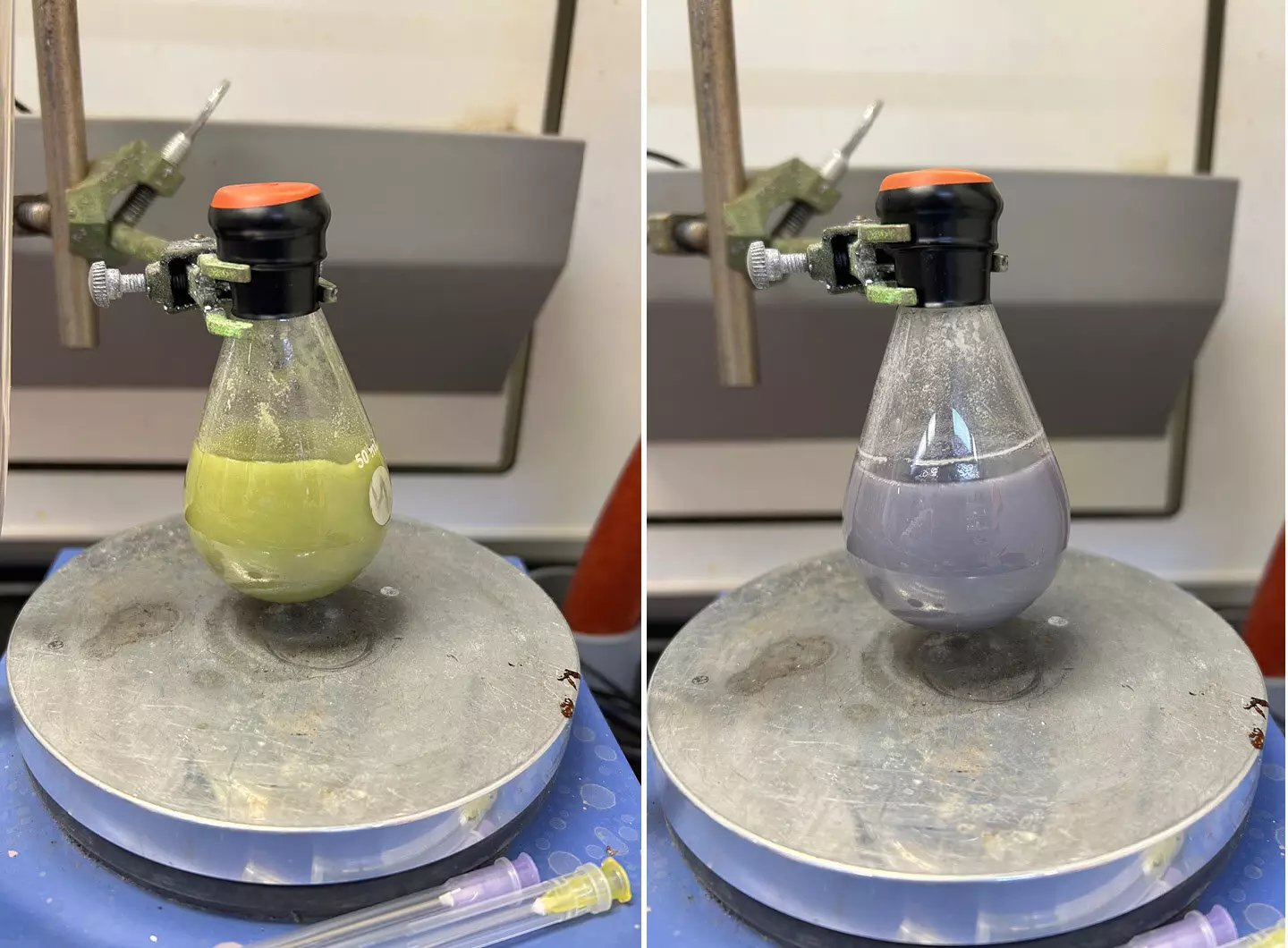Discovered in a Russian mine in 1879, samarium is a metallic element that has found its usefulness in the field of chemical reagents for synthesizing molecules used in pharmaceuticals. Named after the mineral samarskite, the element has proven to be a valuable asset in the world of chemistry.
One of the most common samarium reagents, samarium diiodide, has been a go-to for chemists in academia for its versatility in synthesizing natural products like taxol, an anticancer agent. However, the challenge lies in scaling up the production of this reagent to industrial levels. The air sensitivity of this reagent has made it impractical for use in large-scale reactions, requiring fresh preparations for each reaction.
In a breakthrough study published in the journal Science, Caltech chemists have found a solution to the scaling-up challenge of samarium diiodide reagent. By enabling the reagent to recycle itself in a single reaction, the need for large amounts of solvents and fresh preparations has been eliminated. This advancement paves the way for translating interesting reactions into process development on an industrial scale.
The limitation of the samarium reagent has been attributed to the formation of a pesky samarium-oxygen bond during reactions, rendering the chemical inactive. Previous attempts to break this bond have required harsh chemicals, but the Caltech researchers found success in using a mild acid to cleave the bond, making it more practical for large-scale reactions. This breakthrough has provided a way to get the samarium reagent back to its active state efficiently.
The collaboration between the Reisman and Peters labs at Caltech has been instrumental in this research endeavor. The Peters lab, known for its work in nitrogen fixation, has utilized the samarium reagent in studying reactions that convert gaseous nitrogen into compounds like ammonia. By combining their expertise, the two labs have made significant strides in making chemical reactions more efficient and sustainable.
As the field of chemistry continues to evolve, the versatility of samarium reagents in pharmaceutical synthesis holds great promise. With advancements in scaling up production and overcoming reagent inactivity, the potential for using samarium in industrial settings becomes more feasible. Collaborative efforts and innovative approaches will continue to drive progress in utilizing samarium reagents for the development of new pharmaceuticals.


Leave a Reply